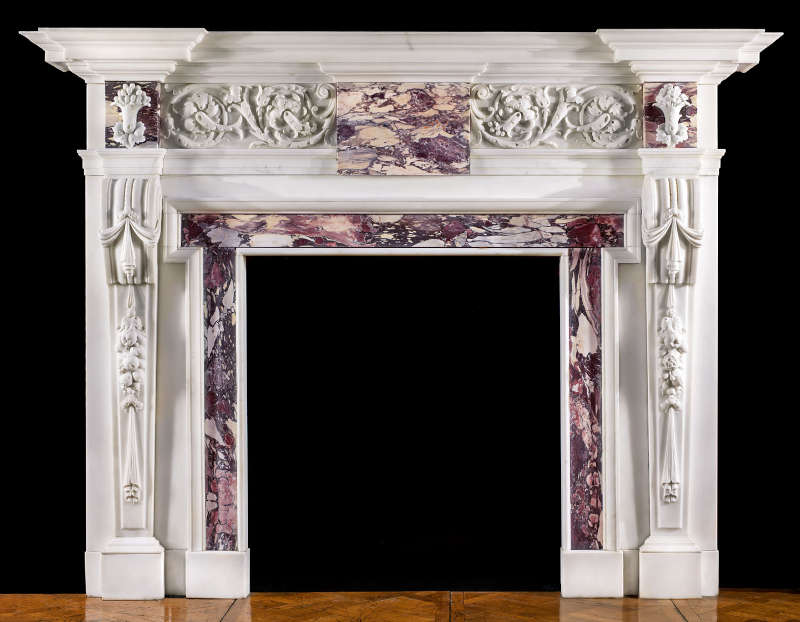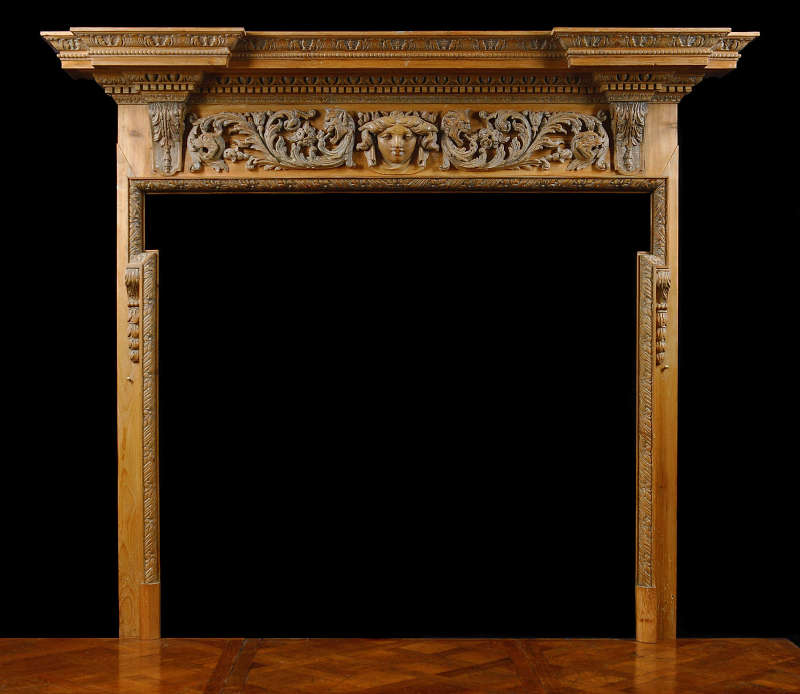The William Kent style refers to works that take inspiration from the style of the British architect, landscape gardener, interior designer, and painter William Kent.
Kent was the protege of the English architect Lord Burlington, an adopter of the classically inspired Palladian style. Kent, a key figure in Britain’s 18th-century Palladian revival, would design interiors and furniture for many important buildings.
His style for these furniture designs and interiors drew upon the classical influences of Palladianism and the rich ornamentation of the Italian Baroque style.
Who was William Kent?
His return also coincided with an explosion in country house building by England’s aristocracy
William Kent was born in 1685 in Yorkshire. He trained as a sign painter and later worked as a coach painter. He proved to be an impressive artist, and local patrons paid for him to study painting in Rome.
Kent studied painting in Italy from 1709 to 1719. In these years, young English aristocrats took part in grand tours throughout France and Italy. These tours often culminated in a visit to Rome.
It was in Rome, therefore, that William Kent met Richard Boyle, 3rd Earl of Burlington, the principal architectural patron of the 18th century.
Kent returned to England with Burlington and decorated Burlington House in London. He would live there for the rest of his life.
Kent arrived back in England during the early years of the new Hanoverian dynasty. He would be crucial in creating a unique design aesthetic for the regime – often dubbed Anglo-Palladian.
His return also coincided with an explosion in country house building by England’s aristocracy. While most lived in London, many retained a country seat where they could entertain visitors. It was in elite country residences, like that of Thomas Coke at Holkham Hall, where Kent’s work was primarily displayed.
Kent designed interiors for Chiswick House and the Cupola Room at Kensington Palace
He and Burlington’s revival of Palladian style was popular with the aristocrats who had soaked up the culture of Italy on their grand tours.
By the 1730s, William Kent had become one of the most successful designers of the period. Through Lord Burlington, Kent was introduced to the royal household.
George I and George II commissioned him, and he would work on projects such as Kensington Palace and Hampton Court Palace, as well as public buildings like the Treasury buildings and Horse Guards building in Whitehall.
Kent also tackled interior decoration. Kent designed interiors for Chiswick House and the Cupola Room at Kensington Palace. He was arguably the first British designer to create a coherently-styled comprehensive interior.
Kent was also a landscape designer and architect of grand garden buildings. He is also credited with creating the English landscape garden.
He would work on gardens such as Richmond Gardens. Kent created garden buildings like the Temple of Venus at Stowe, mixing his distinct architectural style into garden design.
Influences and style
Kent’s relationship with Lord Burlington and his time in Rome influenced his uptake of the Palladian style. This style, developed by Italian architect Andrea Palladio, was inspired by Greek and Roman architecture and its ideas of strict proportion and symmetry.
The outsides of Palladian buildings were often austere but had a lavishly decorated interior. Kent’s distinctive blend of the classical and Italian Baroque styles became apparent in the interior of these buildings.
Kent also took influence from Britain’s traditional Gothic style. Whilst typically found in churches, Kent took the Gothic style and moved into domestic settings, such as at the country house at Esher.
The William Kent Style in antiques
William Kent-style antiques draw upon influences from classical architecture and literature
William Kent-style antiques draw upon influences from classical architecture and literature. They are also often marked by sculptural elements and grand ornamentation inherent within the Italian Baroque style.

× 
This 19th century Palladian fireplace is a perfect example of the William Kent style.
The use of white statuary marble is a clear imitation of ancient buildings. Meanwhile, its volute jambs are reminiscent of classical Ionic and Corinthian capitals. The floral frieze at the top of the fireplace, while also classically inspired, is indicative of the rich ornamentation of Italian Baroque.
Types of William Kent style antiques
Anything from bookcases to fireplace surrounds and beyond can display the William Kent style. For example, we have several Palladian and William Kent-style chimneypieces, such as the one above and this other 19th century example:

× 
Impact
Kent and his neo-palladian contemporaries created an aesthetic that defined the 18th century
William Kent’s mixing of classically inspired and Italian Baroque elements and the Anglo-Palladian style he helped Lord Burlington create became the Hanoverian dynasty's aesthetic.
This Anglo-Palladian architecture and design can still be seen today at places such as Chiswick House, Houghton Hall, the famous Horse Guards building, and especially Holkham Hall.
Kent and his neo-palladian contemporaries created an aesthetic that defined the 18th century.
Summary: What is the William Kent style in antiques?
We hope you’ve found this article helpful in understanding the William Kent style in Antiques and how this aesthetic dominated 18th century interior design.
If you want to learn more about decorative styles and interior design, check out our articles, The history of interior design: a journey through time and What is primitive decor? Primitive decor and style explained.
If you have any queries or would like to enquire about anything we have in stock, please contact us.